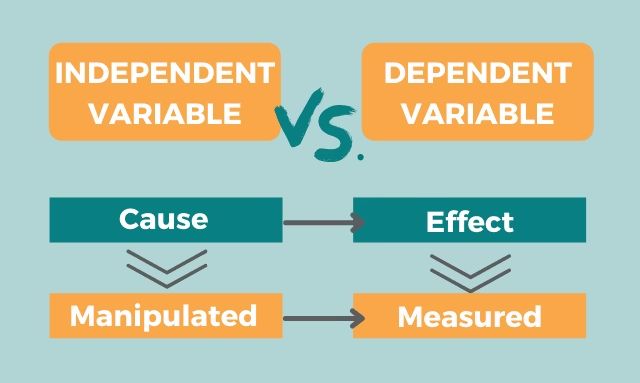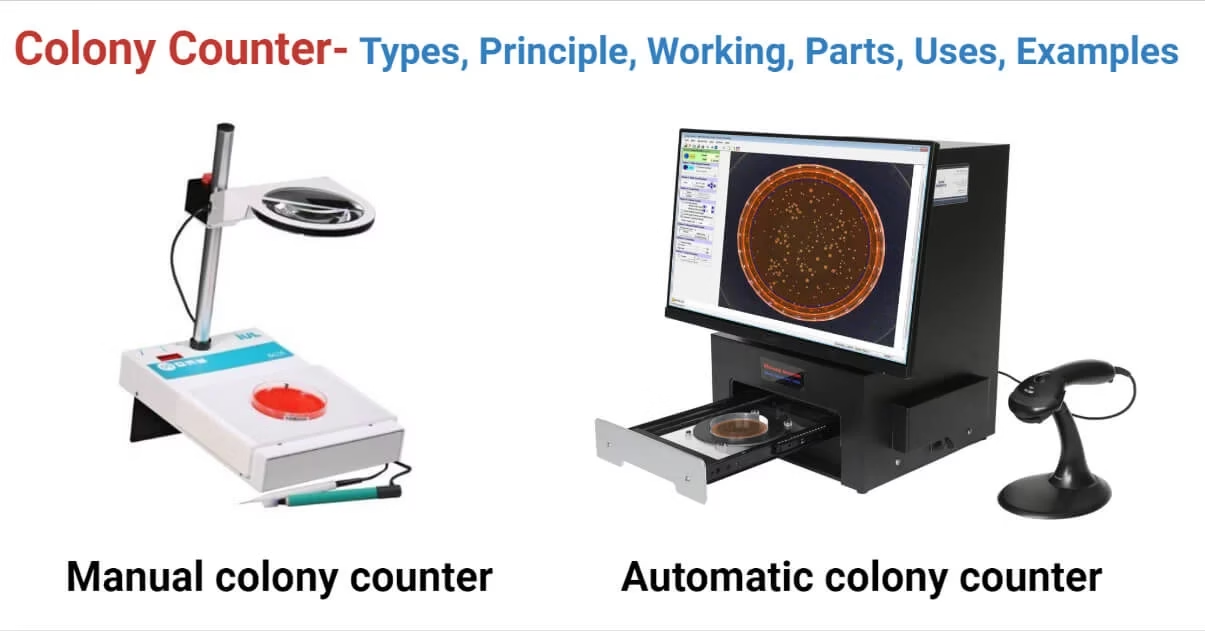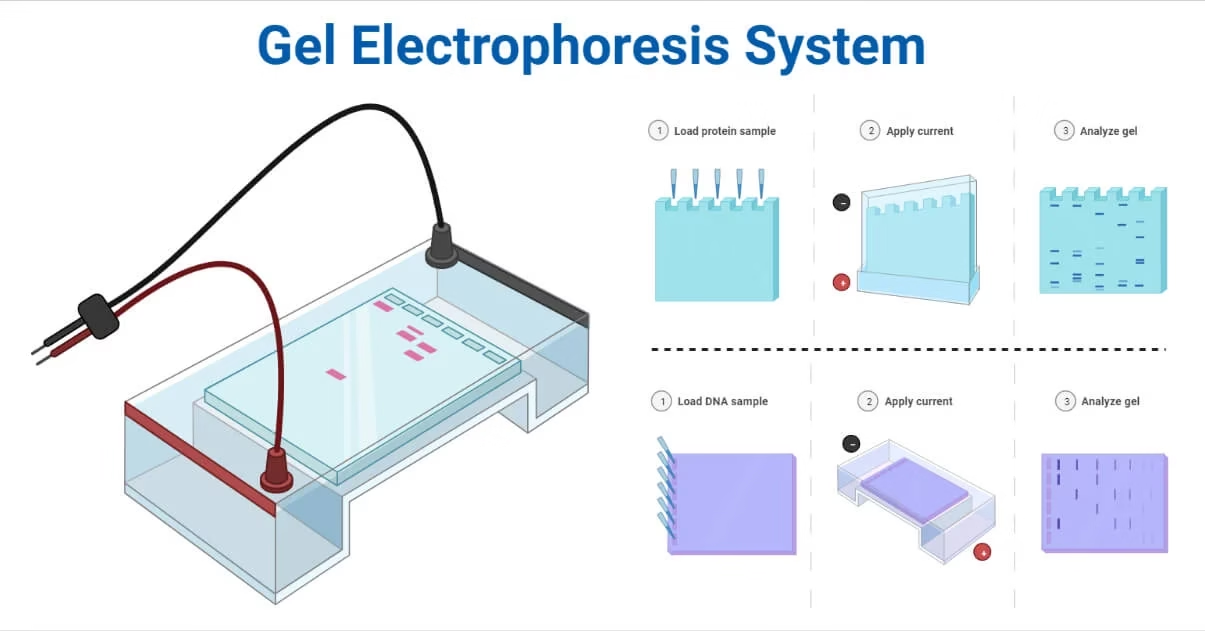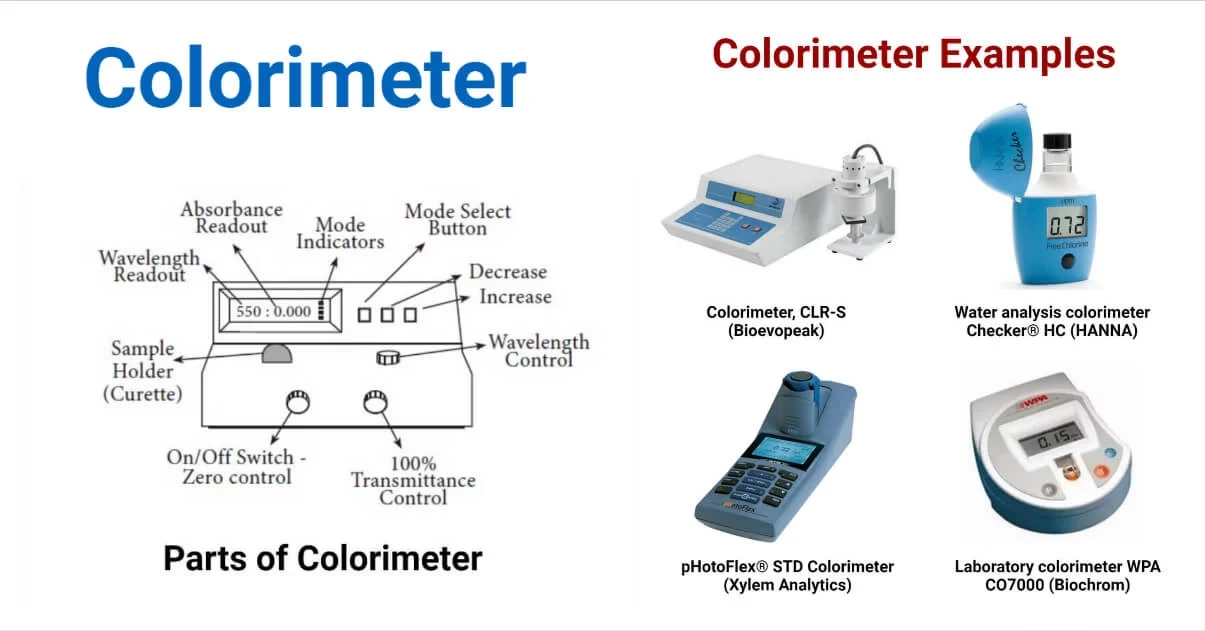Independent and Dependent Variables in Research Methodology – Definition, Examples, and Key Differences
Learn the difference between independent and dependent variables with definitions, examples, types, and FAQs. Easy guide for students and biology research.









